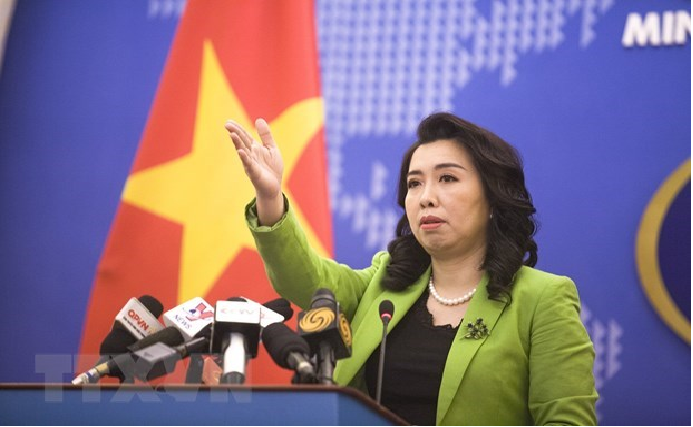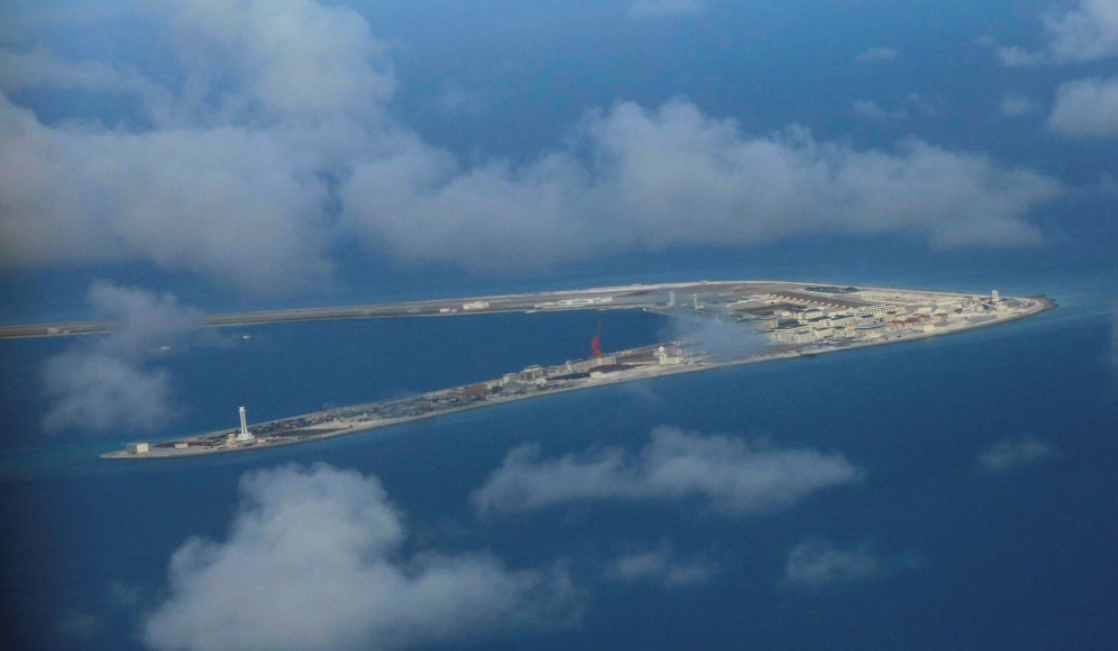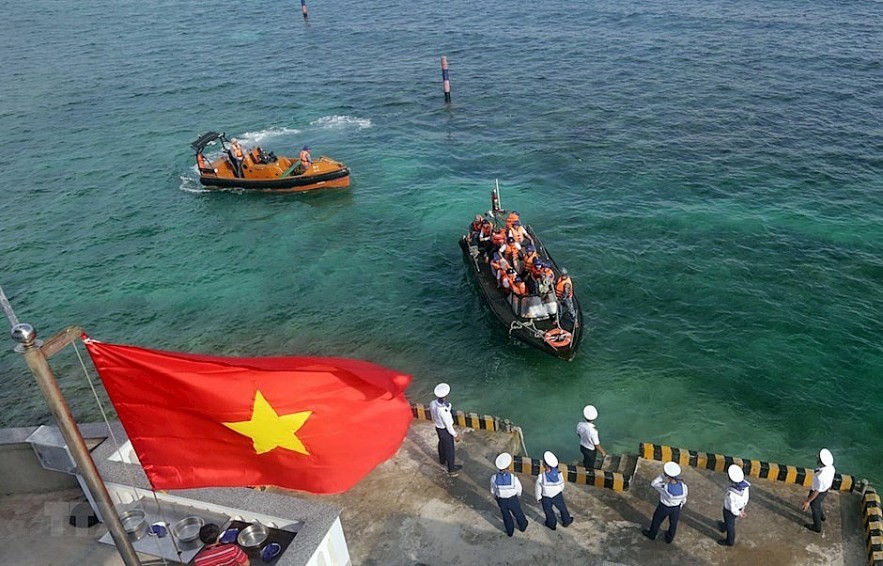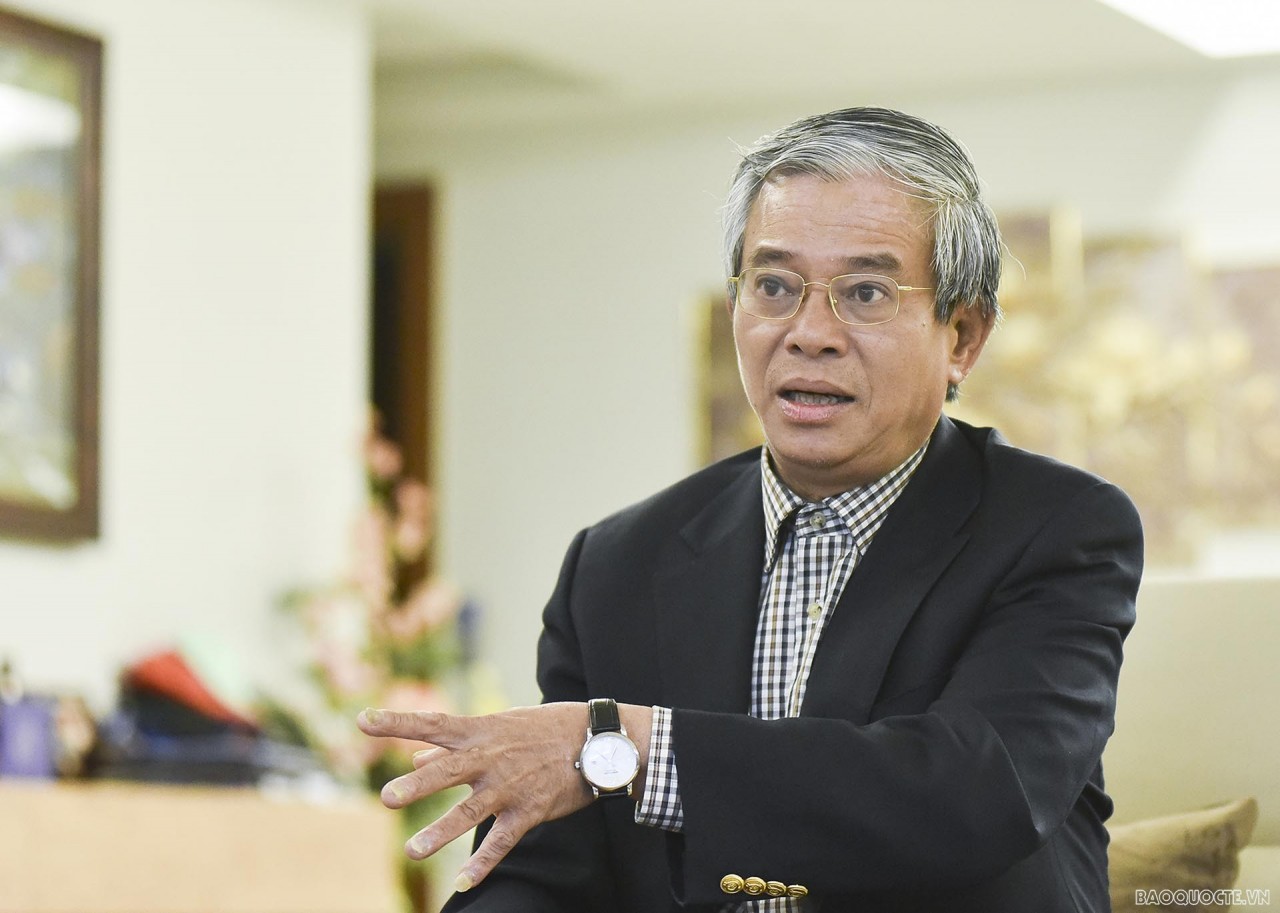South China Sea (Bien Dong Sea) and tensions between powers
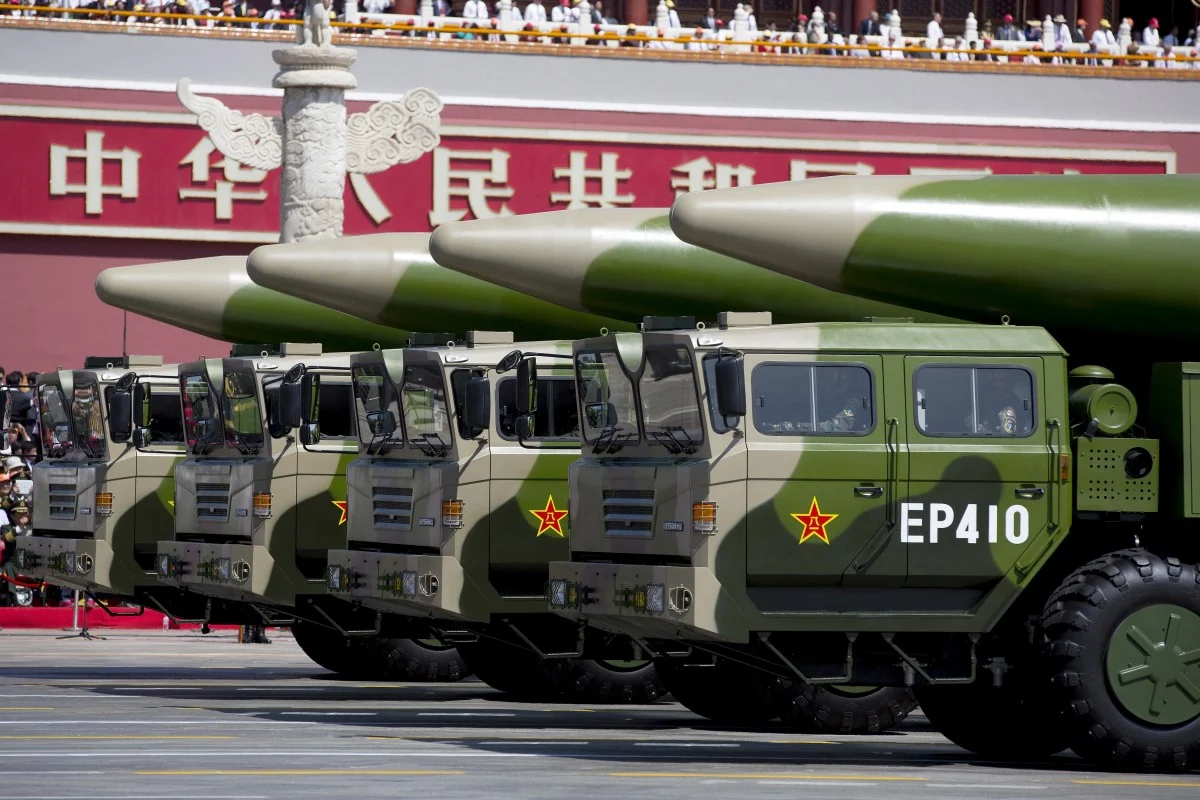 |
| A DF-26 missile was from Qinghai into the South China Sea, according to a source close to the Chinese military. Photo: Reuters |
With flybys, missile launches, sanctions and military drills, both China and US are heating up tensions in the South China Sea (called Bien Dong Sea in Vietnam).
US military authorities say China launched four ballistic missiles on August 26. They fell between Hainan Island and Vietnam's Paracel Islands. Chinese maritime authorities had pre-announced that military exercises would be conducted in the area at the end of August.
Hong Kong’s South China Morning Post newspaper quoted a military source saying China launched two missiles, including an “aircraft-carrier killer”, into the South China Sea on August 26.
The move came one day after China said a US U-2 spy plane entered a no-fly zone without permission during a Chinese live-fire naval drill in the Bohai Sea off its north coast.
One of the missiles, a DF-26B, was launched from the northwestern province of Qinghai, while the other, a DF-21D, lifted off from Zhejiang province in the east.
Both were fired into an area between Hainan province and the Paracel Islands, the source said.
The DF-26 dual-capable missile is a type of weapon banned by the Intermediate-Range Nuclear Forces Treaty treaty signed by the US and Soviet Union towards the end of the Cold War. When the US withdrew from the treaty last year, it cited China’s deployment of such weapons as justification.
The DF-26 has a range of 4,000km (2,485 miles) and can be used in nuclear or conventional strikes against ground and naval targets.
The DF-21 has a range of around 1,800km, with state media describing the most advanced in the series, the DF-21D, as the world’s first anti-ship ballistic missile.
The source said the missile launch was aimed at improving China’s ability to deny other forces access to the South China Sea, a disputed region.
“This is China’s response to the potential risks brought by the increasingly frequent incoming US warplanes and military vessels in the South China Sea,” the source said. “China doesn’t want the neighbouring countries to misunderstand Beijing’s goals.”
China also shows off military strength in other waters
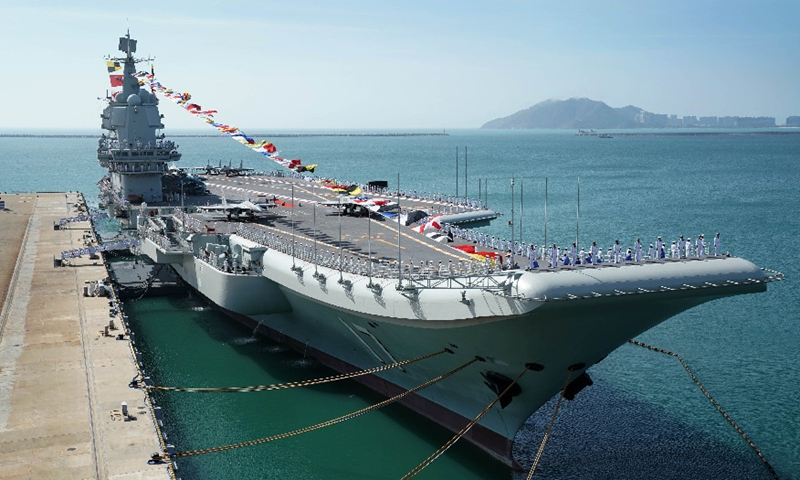 |
| Aircraft carrier Shandong. Photo:Xinhua |
The Shandong, China's first domestically developed aircraft carrier - the country's second overall - set out from shipyard on September 1 for military exercises, which will reportedly be held in the Bohai Sea in the next 22 days, Global Times reported.
Experts expect the carrier to integrate with J-15 fighter jets that were newly produced for it, as it continues to establish actual combat capability, and it will hopefully become combat-ready by the end of 2020.
Two combat-ready aircraft carriers will have strategic significance for China to resist military pressure from countries like the US in the Taiwan Straits and the South China Sea, and potentially from India on China's key maritime transport lanes, experts said.
China has been producing new J-15 aircraft carrier-based fighter jets and training new pilots for the Shandong in recent years, and this voyage could see the carrier integrated with those capabilities as a crucial part of its combat preparedness, a Chinese military expert who requested anonymity told the Global Times.
Recently, China has been facing military pressure from countries like the US in the Taiwan Straits and the South China Sea, and potentially from India on China's key maritime transport lanes, and Beijing-based naval expert Li Jie tsid that the Shandong, together with the first carrier Liaoning, will become key forces.
Two aircraft carriers can squeeze the island of Taiwan from different angles, and together with the DF-21D and DF-26 anti-ship ballistic missiles of the PLA Rocket Force, they can lock down the island and deny possible US intervention, Li Jie said.
US’ strong stance in the South China Sea
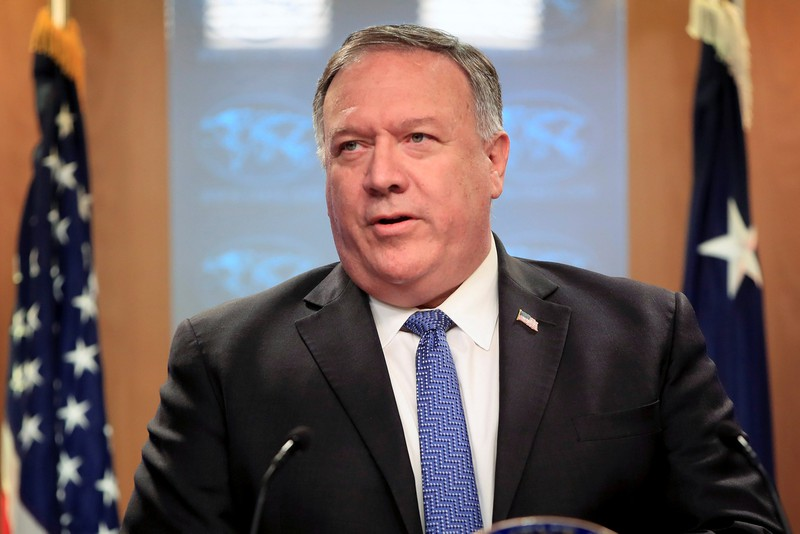 |
| US Secretary of State Mike Pompeo. Photo: NBC News. |
Meanwhile, this year, the US has taken a stronger stance against Chinese activity in the South China Sea. In July, US Secretary of State Mike Pompeo said “Beijing’s claims to offshore resources across most of the South China Sea are completely unlawful.”
The US Defense Department released a statement that takes China to task over last week’s missile launch. “Conducting military exercises over disputed territory in the South China Sea is counterproductive to easing tensions and maintaining stability. The PRC’s actions further destabilize the situation in the South China Sea.”.
“The Department of Defense alerted the PRC in July that we would continue to monitor the situation with the expectation that the PRC will reduce its militarization and coercion of its neighbors in the South China Sea. The PRC chose to escalate its exercise activities by firing ballistic missiles,” it reads.
The US Navy published photographs online of its missile-guided destroyer USS Mustin in a “freedom of navigation operation” in waters near the disputed Paracel Islands one day after the missile launch.
On August 26, the US Department of State said it will begin imposing visa restrictions on Chinese individuals responsible for, or complicit in, either the large-scale reclamation, construction, or militarization of disputed outposts in the South China Sea, or China’s use of coercion against Southeast Asian claimants to inhibit their access to offshore resources.
These individuals will now be inadmissible into the US, and their immediate family members may be subject to these visa restrictions as well.
In addition, the Department of Commerce has added 24 Chinese state-owned enterprises to the Entity List, including several subsidiaries of China Communications Construction Company (CCCC).
“The United States will act until we see Beijing discontinue its coercive behavior in the South China Sea, and we will continue to stand with allies and partners in resisting this destabilizing activity,” Pompeo stressed.
Will the UK send its aircraft carrier to the South China Sea?
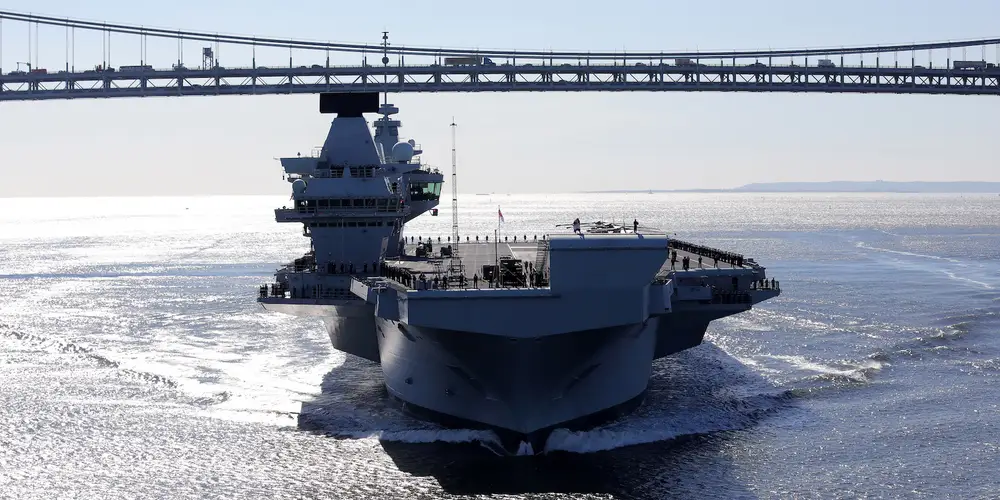 |
| HMS Queen Elizabeth. Getty image |
It is no secret that relations between the UK and China have soured in recent months. Already strained over issues such as Hong Kong, the countries’ links have suffered greatly during the fallout from the COVID-19 pandemic. Such issues have prompted London to reassess its relationship with Beijing, with the decision to deny Huawei an active role in Britain’s 5G network heralding a more confrontational approach to bilateral affairs. Despite this, silence over recent months has raised questions as to the Johnson administration’s long-term commitment to this change, according to The Diplomat.
In light of this uncertainty, imminent decisions regarding the Asia-Pacific deployment of the UK’s new aircraft carrier, HMS Queen Elizabeth, have taken on new significance. Set to embark on its first mission next year, the warship’s potential visit to the disputed South China Sea may prove revealing as to whether Anglo-Chinese relations have indeed entered a “new era” of competition.
In February 2019, former Defense Minister Gavin Williamson announced that 2021 would see the warship sent to “the Mediterranean, the Middle East and the Pacific region.”
The tension was only made worse in September last year, with Chinese Ambassador Liu Xiaoming declaring that the future British flagship’s presence in the sensitive maritime zone could be met with a military response. Beijing, therefore, has made its red lines clear.
Such vocal disagreement may ultimately explain why London continues to bide its time on the matter./.
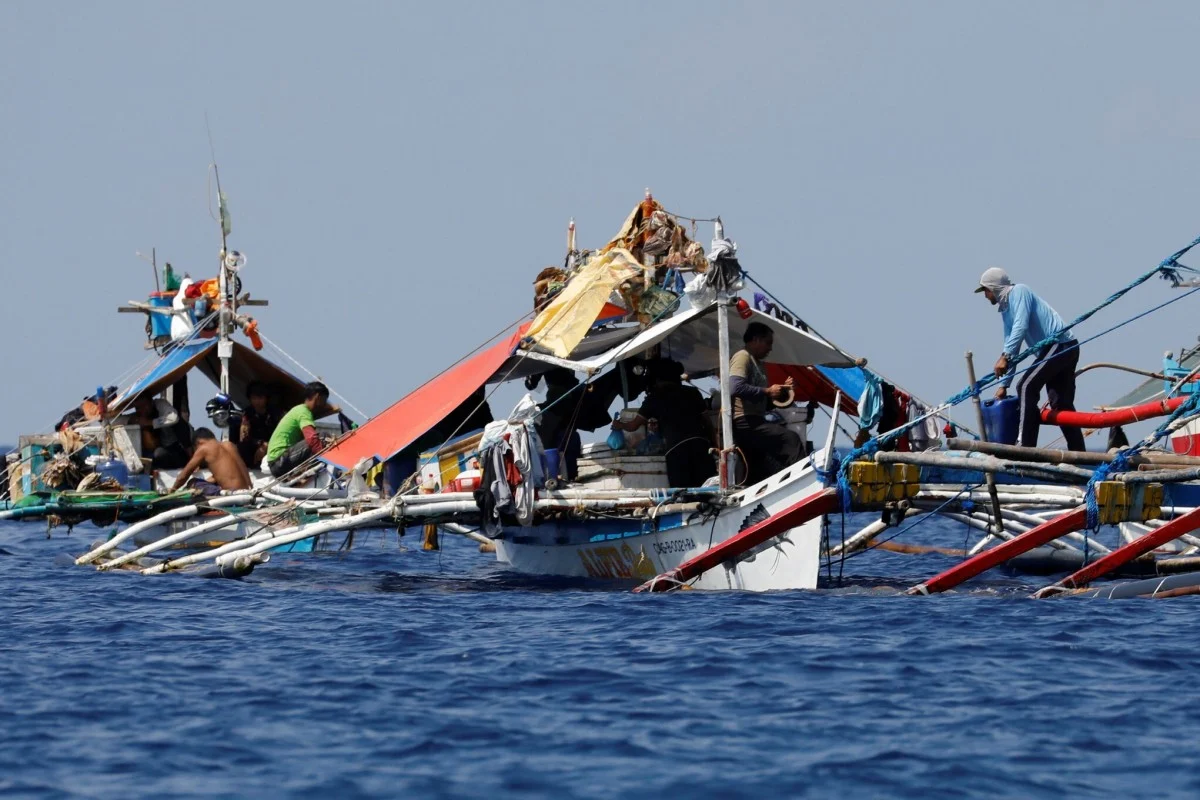 | Bien Dong Sea: Philippines protests against China's illegaly fishing seizures. Manila filed a diplomatic protest after Chinese forces confiscated fishing equipment illegally in a disputed shoal in their latest territorial spat in Bien Dong Sea ... |
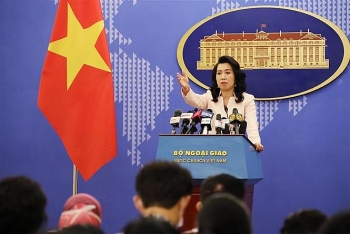 | China again deploying bomber to Paracel and violating Vietnam’s sovereignty over the archipelago China’s deployment of weapons and fighter aircraft to Hoang Sa (Paracel) archipelago not only is a violation of Vietnam’s sovereignty but also further exacerbates the ... |
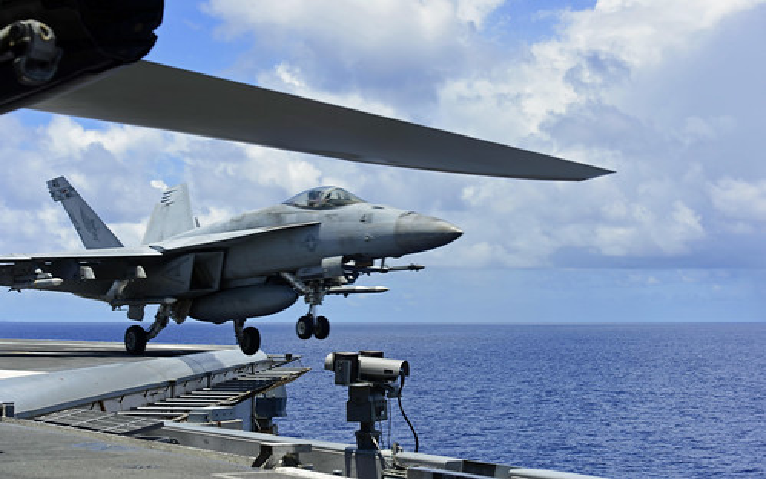 | US sends strike group to South China Sea (Bien Dong Sea) for flight drill The Ronald Reagan Carrier Strike Group entered the South China Sea (called Bien Dong Sea) on August 14, and conducted maritime air defense operations in ... |
Recommended
 World
World
Pakistan NCRC report explores emerging child rights issues
 World
World
"India has right to defend herself against terror," says German Foreign Minister, endorses Op Sindoor
 World
World
‘We stand with India’: Japan, UAE back New Delhi over its global outreach against terror
 World
World
'Action Was Entirely Justifiable': Former US NSA John Bolton Backs India's Right After Pahalgam Attack
 World
World
Nifty, Sensex jumped more than 2% in opening as India-Pakistan tensions ease
 World
World
India strikes back at terrorists with Operation Sindoor
 World
World
India sending Holy Relics of Lord Buddha to Vietnam a special gesture, has generated tremendous spiritual faith: Kiren Rijiju
 World
World

